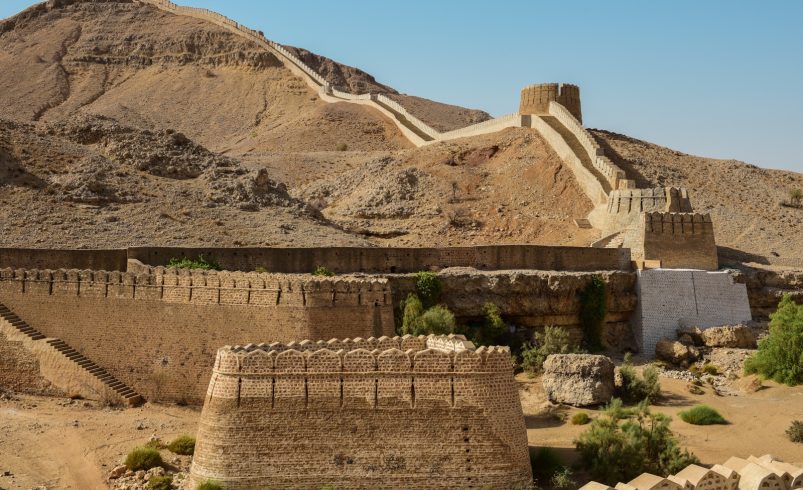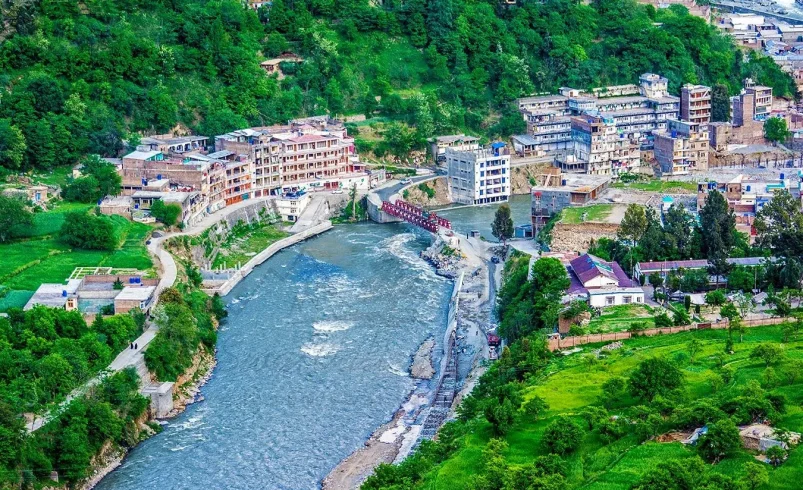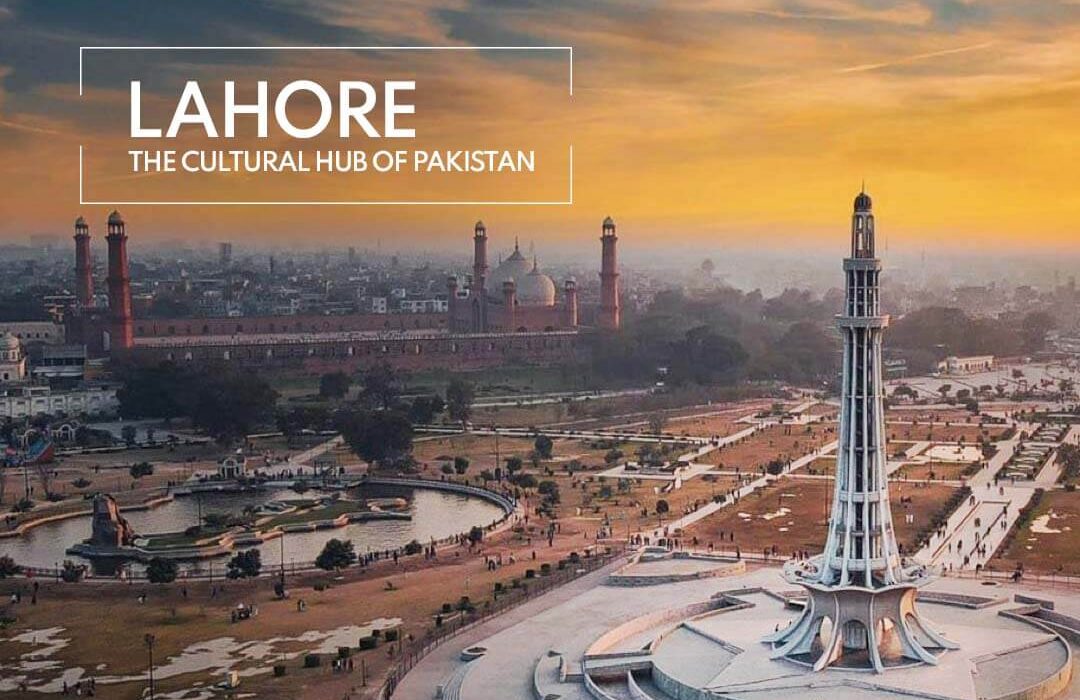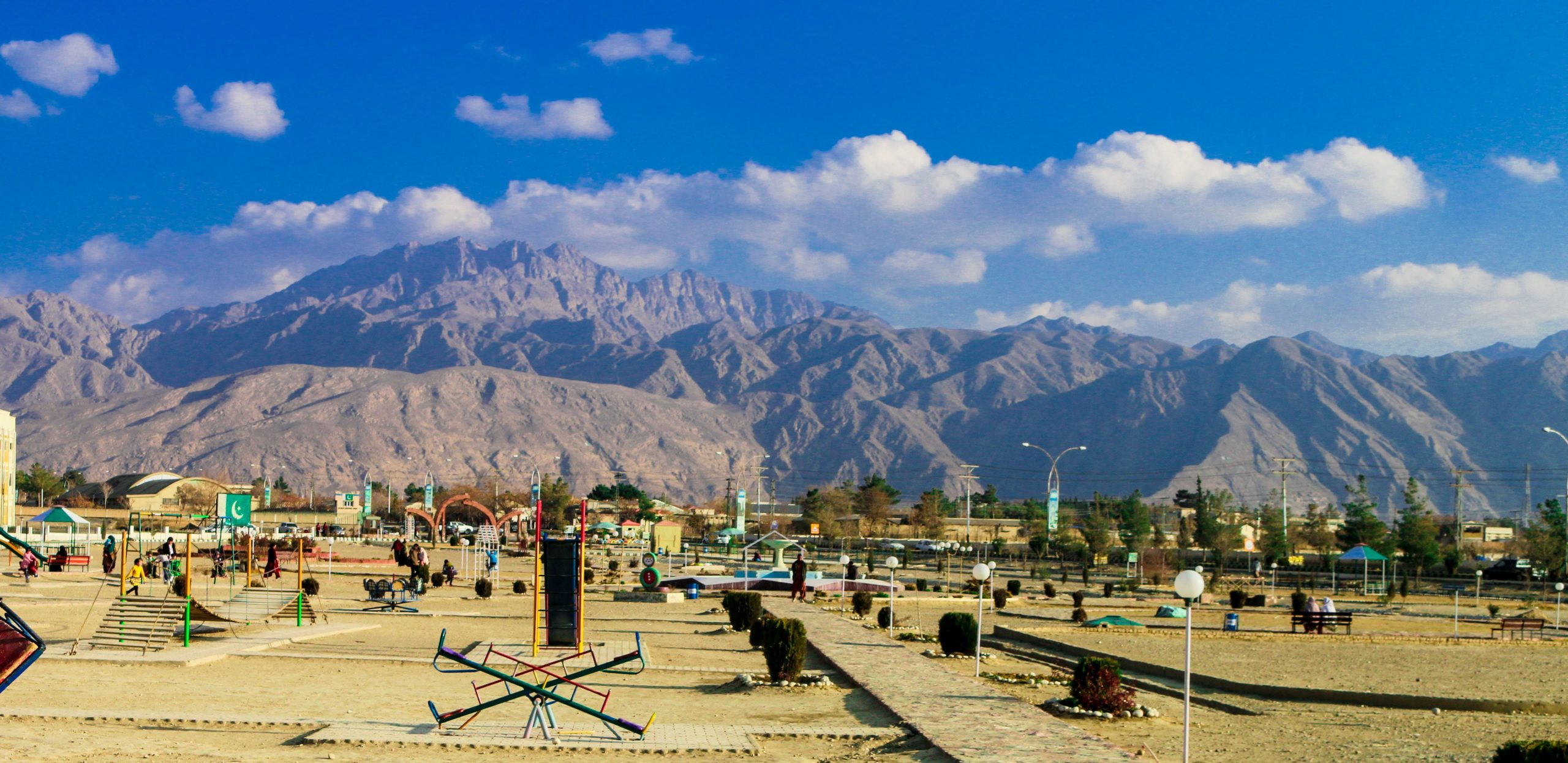
- April 20, 2025
Introduction
Sindh, the southeastern province of Pakistan, is a land steeped in history, brimming with cultural richness, spiritual mystique, and geographical diversity. Known for its ancient civilization, majestic architecture, and warm hospitality, Sindh invites you to experience a blend of the past and present. In this blog, we’ll give you a complete insight into Sindh, covering everything from its historical background to its top tourist destinations, cultural significance, and practical travel tips.
This comprehensive travel blog offers deep Sindh Insights, covering the region’s culture, history, and must-visit destinations.
Historical Background of Sindh
Sindh’s history is among the richest in South Asia, tracing back to the Indus Valley Civilization, one of the oldest and most sophisticated urban cultures in the world. The archaeological marvel Mohenjo-Daro, located in Larkana district, dates back to 2500 BCE and reveals a well-planned city with advanced drainage systems, granaries, and civic planning, reflecting the brilliance of early Sindhi civilization.
The region later witnessed the influence of the Aryans, Persians, Greeks, Buddhists, and Hindus, each leaving indelible marks on the region’s art and architecture. In 711 AD, Muhammad bin Qasim, an Arab general, introduced Islam to the Indian subcontinent through Sindh, earning the province the title “Bab-ul-Islam” (Gateway to Islam).
During the medieval period, Sindh flourished under local dynasties like the Samma, Soomra, and Kalhora, followed by the Mughals and eventually British colonial rule until Pakistan’s independence in 1947. Today, the fusion of these influences is visible in Sindh’s architecture, language, religion, and traditions.
Cultural Heritage of Sindh
Sindh is a cultural heartland of Pakistan where Sufism, art, language, and music deeply shape everyday life. The Sindhi language, written in Arabic script, is rich in poetry and folklore. Sindh is home to Sufi saints like Shah Abdul Latif Bhittai, Lal Shahbaz Qalandar, and Sachal Sarmast, whose shrines remain centers of peace, music, and spiritual gatherings.
The Ajrak (hand-block printed shawl) and Sindhi Topi (cap) are two defining cultural symbols of Sindhi identity, widely worn on Sindhi Cultural Day each December. Traditional dances like Ho Jamalo, folk songs accompanied by the Yaktaro and Tanpura, and handcrafted pottery and embroidery reflect the vibrant, artistic soul of Sindh.
One of the core Sindh Insights lies in its preservation of Sufi traditions and folk music. Sindhi weddings, music festivals, and local fairs (melas) are colorful celebrations showcasing the region’s communal harmony and generosity. Despite modernization, rural Sindh continues to honor ancestral customs and rituals passed down through generations.
Best Time to Visit
The best time to explore Sindh is during the cooler months from November to March. During this period, the weather is pleasant and ideal for sightseeing, exploring archaeological sites, desert safaris, festivals, and visiting spiritual shrines.
Here’s a month-wise breakdown:
| Month | Weather & Events |
|---|---|
| November – February | Cool and dry; best time for all outdoor activities, shrines, Makli, Gorakh Hill. |
| March – April | Moderate weather; early mornings are pleasant; good for cultural festivals. |
| May – August | Extremely hot in interior Sindh; not recommended for travel except coastal areas like Karachi. |
| September – October | Post-monsoon; humid but manageable weather, especially near lakes and coastal areas. |
Travel Tip: If you’re planning to attend Urs at Sehwan Sharif or Sindhi Cultural Day, plan your trip around March and early December respectively.
Location
Sindh is located in southern Pakistan, bordered by Balochistan to the west, Punjab to the north, Rajasthan (India) to the east, and the Arabian Sea to the south. Major cities include Karachi, Hyderabad, Sukkur, and Larkana.
Top Places to Visit in Sindh
For authentic Sindh Insights, exploring Mohenjo-Daro, Makli Necropolis, and the Sufi shrines is essential.
1. Mohenjo-Daro
- Introduction: An archaeological wonder, Mohenjo-Daro is a UNESCO World Heritage site.
- Location: Near Larkana.
- Highlights: Great Bath, urban drainage, stupa mound.
- Best Time to Visit: Winter months.
- Significance: It offers a glimpse into one of the earliest known civilizations.
2. Makli Necropolis
- Introduction: One of the largest funerary sites in the world.
- Location: Thatta.
- Highlights: Tombs of kings, saints, and scholars.
- Best Time to Visit: November to February.
- Significance: Reflects Islamic, Hindu, and Persian architecture.
3. Shah Jahan Mosque
- Location: Thatta.
- Highlights: 93 domes, unique acoustics, intricate tile work.
- Significance: Built during the Mughal era by Emperor Shah Jahan.
4. Ranikot Fort
- Introduction: Also called the “Great Wall of Pakistan.”
- Location: Jamshoro.
- Highlights: Enclosure walls, panoramic views, walk trails.
- Best Time to Visit: Winter.
5. Sehwan Sharif
- Introduction: Home to the shrine of Lal Shahbaz Qalandar.
- Significance: A Sufi spiritual center.
- Event: The annual Urs draws millions.
6. Karachi
- Introduction: The provincial capital and Pakistan’s financial hub.
- Highlights: Clifton Beach, Quaid’s Mausoleum, Pakistan Maritime Museum.
7. Gorakh Hill Station
- Location: Dadu district.
- Highlights: Snowfall in winters, mountain views.
- Known as: The Murree of Sindh.
8. Manchar Lake
- Introduction: Pakistan’s largest freshwater lake.
- Activities: Boating, birdwatching.
Where to Stay
Whether you’re staying in Karachi or Larkana, the accommodation options reflect true Sindh Insights through traditional hospitality. Sindh offers a variety of accommodations from budget to luxury:
- Karachi: Avari Towers, Pearl Continental, Hotel Mehran
- Hyderabad: Indus Hotel, Hotel Crown.
- Mohenjo-Daro & Larkana: Government rest houses, heritage guesthouses.
- Sehwan & Bhit Shah: Pilgrim hostels.
- Gorakh Hill: Campsites and local lodges.
Emergency Contacts & Health Precautions
- Emergency Services: 1122
- Police: 15
- Ambulance (Edhi): 115
- Hospitals: Jinnah Hospital Karachi, Liaquat University Hospital Hyderabad
- Travel Tip: Carry bottled water, mosquito repellent, sunscreen, and basic medications.
Travel Tips
- Dress modestly, especially in rural areas.
- Learn basic Sindhi greetings.
- Hire local guides for historical sites.
- Avoid travel during heatwaves (May-July).
- Respect religious practices at shrines.
FAQs
What is the best time to Explore Sindh?
The best time to Explore Sindh is during winter (November to March) when the temperatures are milder.
Is Sindh safe for tourists?
Yes, major cities and tourist spots are generally safe. Always follow local guidelines and stay informed.
How can I reach Mohenjo-Daro?
You can fly to Mohenjo-Daro Airport or take a train to Larkana. Road travel is also an option from Karachi.
What cultural items is Sindh known for?
Ajrak, Sindhi Topi, handicrafts, and Sufi music are cultural icons of Sindh.
Can I visit Sufi shrines as a non-Muslim?
Yes, most shrines welcome people from all backgrounds, but modest clothing and respectful behavior are essential.
What is special about Gorakh Hill Station?
It’s one of the few places in Sindh that experiences snowfall, offering scenic views and cool temperatures.
Do I need a guide at historical sites?
A guide is highly recommended at sites like Mohenjo-Daro and Makli to understand their significance.
Is Karachi worth visiting?
Yes, Karachi offers beaches, historical sites, shopping, and the best street food in Sindh.
What festivals can I attend in Sindh?
Urs of Lal Shahbaz Qalandar, Basant, and local harvest festivals are vibrant cultural events.
Is public transport available?
Yes, buses, rickshaws, and ride-hailing apps like Careem and InDrive are available in urban areas.
Are there ATMs and banks in rural Sindh?
Yes, but availability may be limited. Carry cash when traveling to remote locations.
Can I do desert safaris in Sindh?
Yes, particularly in the Thar Desert region. Tours can be arranged through local operators.
What languages are spoken?
Sindhi and Urdu are widely spoken. English is understood in urban centers.
Is Wi-Fi easily available?
Most hotels and cafes in cities offer Wi-Fi. Rural areas may have limited access.
What souvenirs should I buy?
Handmade Ajrak, pottery, embroidery, and Sindhi caps make great souvenirs.
How is the food in Sindh?
Sindhi cuisine is rich in flavor. Try Sindhi Biryani, Sai Bhaji, and Sindhi curry.
Are there eco-tourism opportunities?
Yes, Manchar Lake and Gorakh Hill promote eco-tourism.
Can I camp in Sindh?
Yes, especially at Gorakh Hill and desert regions, with proper arrangements.
Are there guided tours available?
Yes, several travel companies offer cultural and historical tours in Sindh.
Conclusion
Sindh Insights is not just a travel guide—it’s an invitation to witness a land where history meets hospitality, where the mysticism of Sufism coexists with urban vibrancy, and where every town tells a story. From Mohenjo-Daro’s ancient ruins to the melodic chants at Sehwan Sharif, Sindh offers a deeply authentic Pakistani experience. Whether you’re an adventurer, a history lover, or a cultural explorer, Sindh is ready to welcome you.






